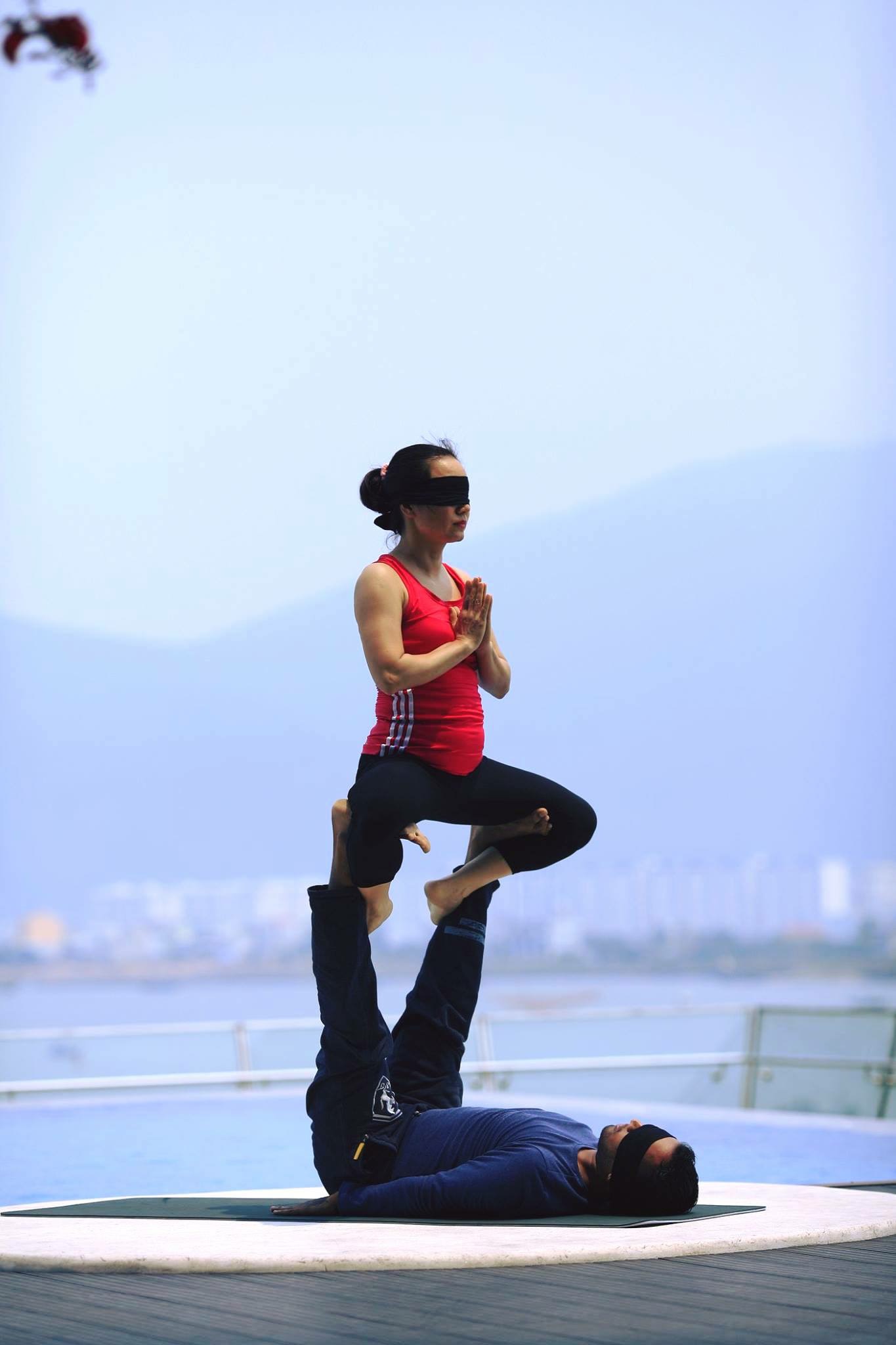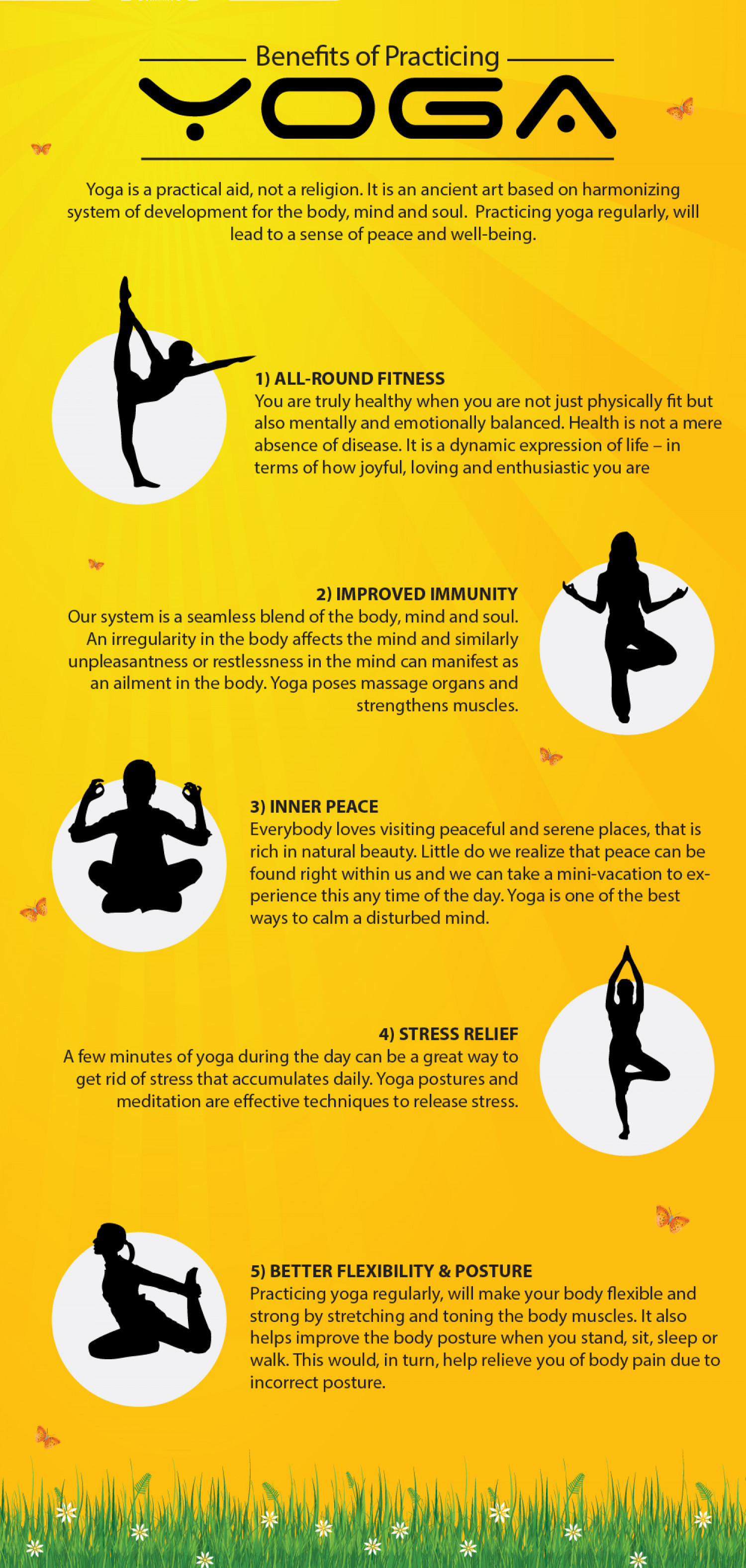
After a long day, yoga is a good way to wind down. This exercise involves breathing and relaxing postures. Avoid positions that require rapid breathing or excessive back arching. These poses can make a difficult task of falling asleep. Finish your evening with a peaceful meditation.
Benefits
Yoga practice in the evening can have many benefits. It helps to relax and aids in digestion. This will allow you to go to sleep. Practicing yoga in the evening is also better for your body than doing it in the morning, when you may be in a rush to get ready for work or school. However, practicing yoga in the evening can present some challenges.
For a relaxing and restorative class to begin your evening yoga practice, look for one that focuses on relaxation and restorative poses. Avoid high-heart openers and energizing poses as they can keep you up all night. Instead, focus on slow, gentle poses that will ease your mind and body and help you drift off to sleep faster. Even a brief meditation can help you unwind.

Pose variations
There are several different poses that are beneficial for yoga in the evening. To stretch your lower back, and massage your abdominal organs, try downward dog. It will calm and relax the nervous system. It will also help you lose weight, and release toxins. You can modify this pose by using props or opening your knees wider to make it easier.
Another great relaxation and stress relief position is the twisting pose. It's simple to do, and it can help you unwind after a hard day. Begin by extending your legs towards a wall. This pose can be maintained for up to 5 minutes. This twisting motion will stretch your legs, back, and shoulders. A bolster can also help you make this pose more comfortable.
Accessories
If you want to practice yoga in the evenings, you can easily add accessories to your outfit. These accessories will not only make your training easier and more secure but also enhance your style and flow. If you're concerned about sustainability, you can also look for yoga gear from environmentally conscious brands. They will keep your practice looking stylish and also be environmentally friendly.
A yoga top should be fitted snugly around the waist and hips. If you plan to sweat a lot, you'll want one that has wicking properties. Also, choose one that is made from breathable materials and has soft seams. Some styles have a built-in bra that you can use to prevent your bottom from getting wet.

Day and time
Your schedule and preference will determine the ideal time to practice yoga. Morning practice is the best because you have more energy to devote to your yoga practice. An evening practice might be more for you if your schedule is more hectic. You can plan your yoga practice session based on which asanas will be appropriate for the evening.
Mornings are great for energetic practices such as vinyasa flows that incorporate sun salutations. It's also a good idea to do slower-paced sequences or longer yoga sessions. You should be aware that you don't want to get stuck in the same rut. Mid-morning practices can result in dehydration and sweating, so it's best to wait until two to three hours after eating to practice.
FAQ
What happens when you practice yoga every single day?
You will feel calm, relaxed and centered. It improves your posture, balance and flexibility.
You are more aware of how your body feels when you move. You become more aware and conscious of your body.
Yoga can help you improve your concentration.
Your mind is sharper, clearer, and more focused. It calms the nervous system. It reduces stress levels. And it gives you a sense of peace and well-being.
Can women do Yoga?
Absolutely! All women are welcome to do yoga, regardless of gender.
Yoga can be done in many styles for both men and women.
Are yoga mats necessary?
Not necessarily. Many studios offer mats for students. These mats, which are often made of rubber, are easy to clean.
Your mat can be purchased online. You will have a good mat for many years.
How long should a class of yoga be?
The average yoga session lasts between 45 minutes to an hour. The type and amount of yoga you do will dictate the length of the session. 45-60 minutes should be enough if your goal is to concentrate on strength-building activities. For relaxation and meditation, however, an hour may be needed.
The length also varies depending on what kind of yoga class you're taking - some classes focus on moving quickly while others emphasize slow, deep stretches.
Statistics
- A 2020 review of 27 studies (1,805 total participants) of yoga interventions in children or adolescents found reductions in anxiety or depression in 70 percent of the studies, with more promising results for anxiety. (nccih.nih.gov)
- Gentle yoga has been shown to ease some of the discomforts of tender, swollen joints for people with arthritis, according to a Johns Hopkins review of 11 recent studies. (hopkinsmedicine.org)
- The people in the yoga group were 37 percent more likely to have quit smoking by the end of the 8-week program. (nccih.nih.gov)
- According to the Agency for Healthcare Research and Quality, falls are incredibly common among older adults in nursing facilities. Even the simplest ones can increase the risk of death (24). (healthline.com)
- Lock in 25% off your Founding Member rate. (corepoweryoga.com)
External Links
How To
Which is the best place to do yoga?
There is no right or wrong way of practicing yoga. Each person has their own style. You only need to know which positions feel comfortable for you.
These are some of the most common positions:
Standing poses – Standing poses are perfect for beginners. They make it easier to concentrate on your breathing.
Forward bends - These are useful for opening up tight areas. You can do them sitting down or lying down.
Backbends – Backbends are considered to be advanced poses. Ask your instructor for advice if you're interested in trying it.
Inversions: Inversions are poses where you balance on your side. This type is challenging, but rewarding.